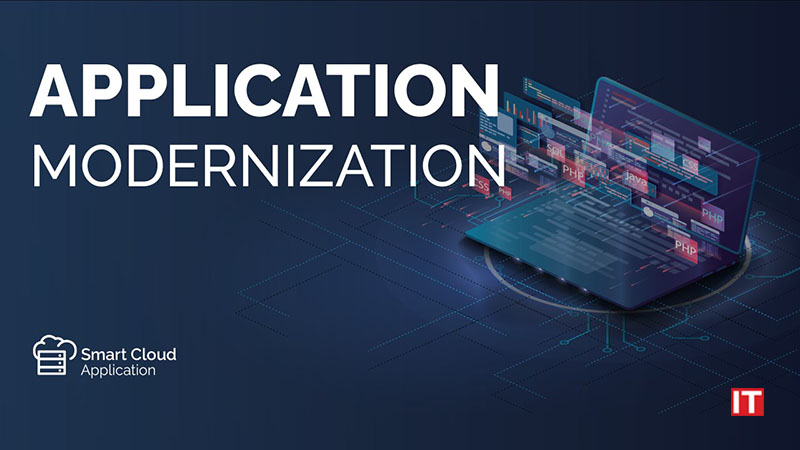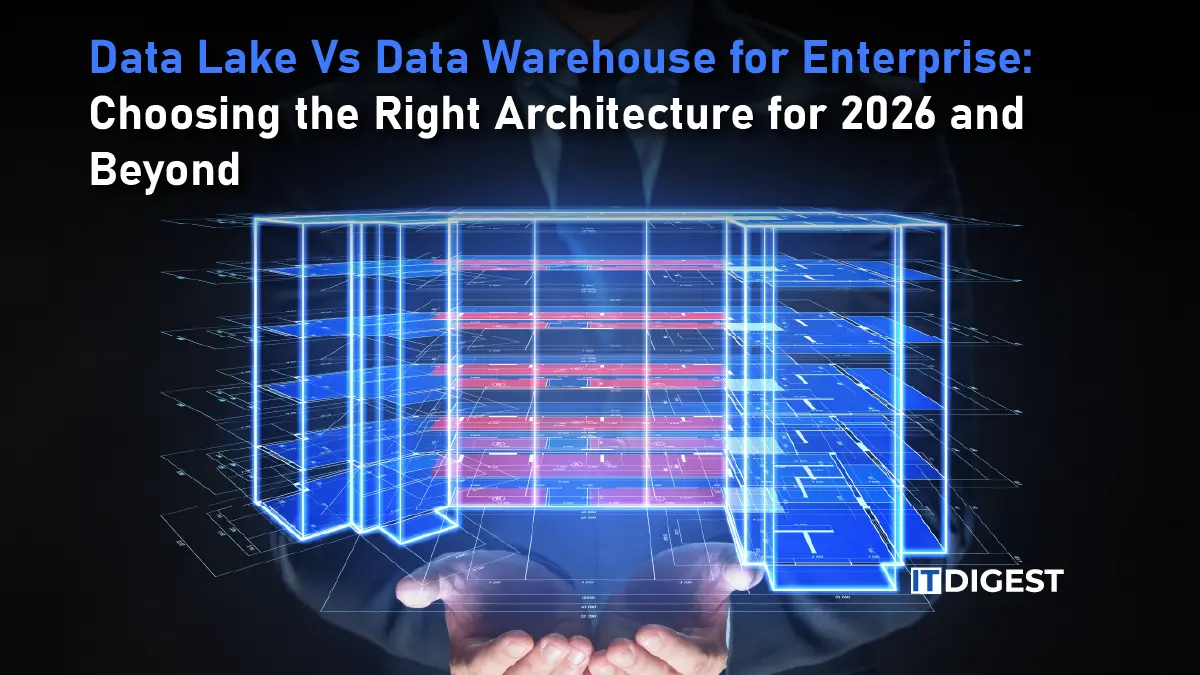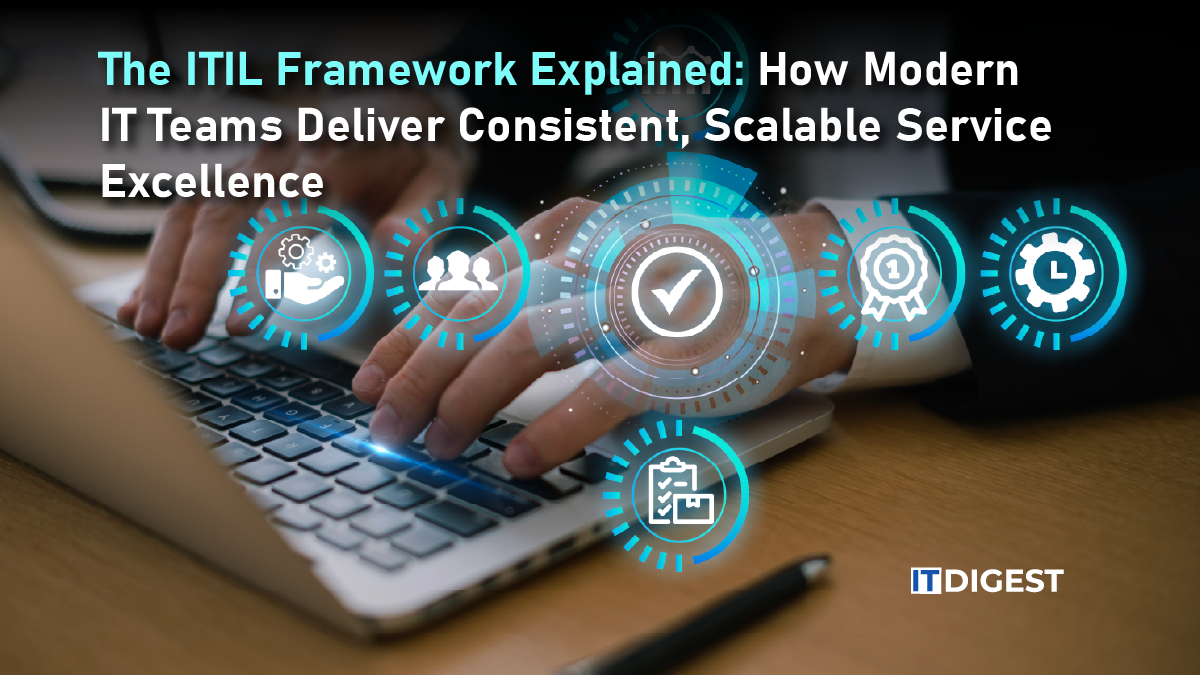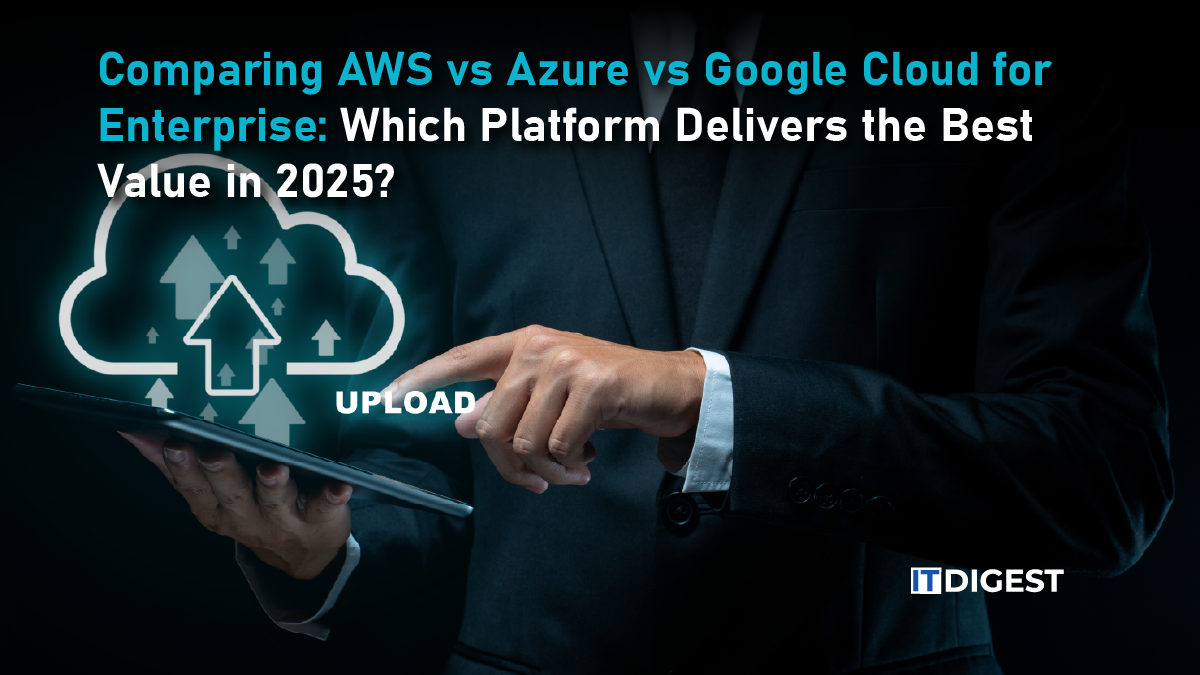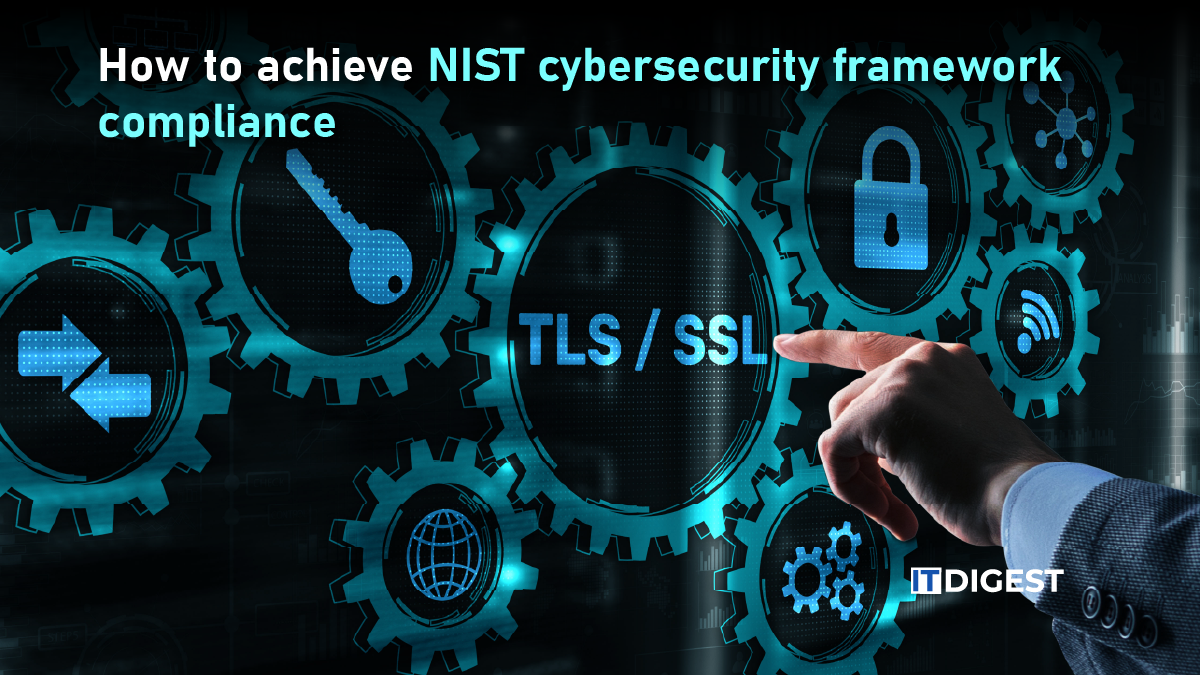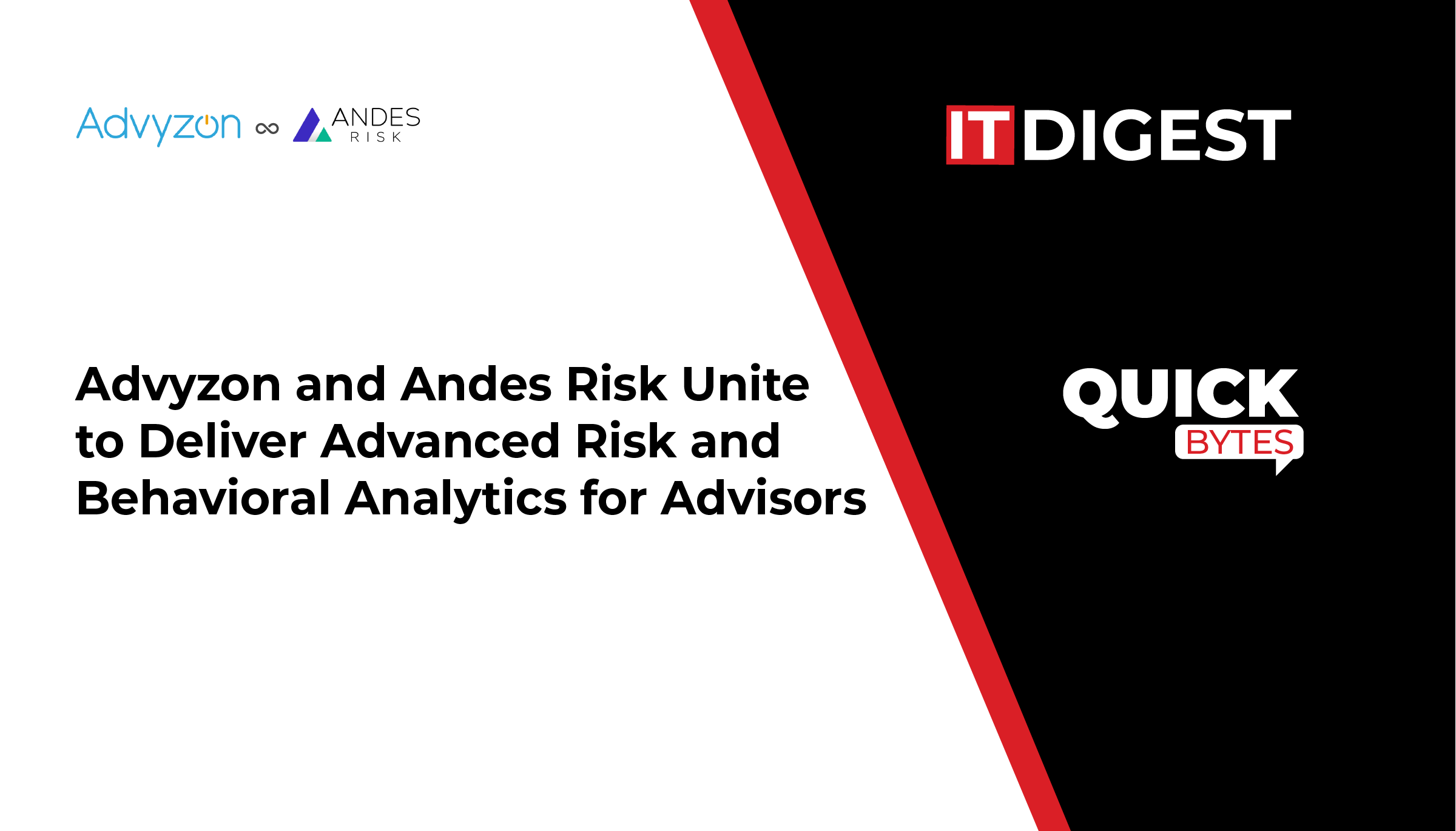AWS has launched a new feature. It allows zero-ETL integration between Amazon Aurora MySQL (and RDS for MySQL) and Amazon SageMaker Lakehouse.
This feature allows near-real-time replication of MySQL transactional data into a lakehouse. It fully supports AWS Glue and Redshift-managed storage. Customers don’t need to create custom ETL (extract-transform-load) pipelines.
The action is meant to demystify data pipelines: as data is updated in the source MySQL database (inserts, updates, deletes), the changes are streamed automatically into the lakehouse with schema changes retained and latency minimized. AWS positions the offering as one of several efforts to eradicate pipeline complexity, lower operations overhead, and speed time to insight.
The blog post takes the reader through the setup of the integration (binlog parameter group settings, IAM roles, Glue catalog, Lake Formation permissions, etc.) and illustrates a typical case where data written to a books table in Aurora becomes instantly accessible to queries in the lakehouse.
Why This Matters for the Big Data Industry
1. A Step Toward ‘Streaming-first’ Architectures
One of the old challenges in big data and analytics is closing the gap between analytical systems and transactional systems. Conventional ETL chains cause latency, complexity, and maintenance overhead. Zero-ETL is a move towards streaming-oriented architectures where real-time operational data is made readily available to analytics and ML systems with little friction.
In the world of big data, pipelines (such as through Kafka, NiFi, Spark jobs, or custom jobs) are everywhere. AWS’s strategy essentially avoids much of this by directly integrating replication/integration capabilities into its cloud environment. Eventually, if cloud providers keep adding more such “direct integration” capabilities, it can make standalone middleware or orchestration layers unnecessary in many cases.
2. Reduced Barrier to Entry for Real-Time Analytics & ML
Since this integration lightens the engineering workload, more teams, particularly smaller ones, can get near real-time data streams without needing large infrastructure or data engineering capabilities. Previously, several organizations avoided real-time analytics because of cost or complexity; this feature lowers that bar.
It also helps make advanced uses easier, like personalization, fraud detection, and anomaly detection. This is because the data is easier to access. The cost and effort of building and managing custom pipelines hold back progress. By removing this barrier, we could see faster adoption of real-time analytics.
3. Consolidation of the Cloud Stack
A common theme in the cloud + big data arena is vendor ‘lock-in’ via deeper integration. Through its strong, native support for zero-ETL, AWS is putting more of the data stack inside its own ecosystem. For those already on AWS, this makes remaining and utilizing the integrated stack more attractive. For other platforms, it raises the bar: they either need to match equivalent native capabilities or compete on price, flexibility, or openness.
4. Attention Shifts from Infrastructure to Analytics
With integration, replication, and pipeline orchestration loads diminishing, teams can turn attention towards model development, insights, visualization, and domain-level analytics. There is more time to extract business value instead of plumbing. This follows the business trend of ‘higher abstraction’ data platforms (e.g. managed lakehouses, serverless analytics, etc.).
Also Read: Cloudflare and Oracle Forge Strategic Partnership to Advance AI Workloads Within Multicloud Settings
Implications for Businesses Competing in Big Data
Faster Time to Value & Agility
Companies can now reduce lead time from data capture to insights extraction. In online shopping, updates on customer behavior, orders, and returns quickly go to analytics platforms. This helps marketing, fraud, or operations teams respond more quickly. Agility also gets enhanced: business logic or dashboard change occurs, and the data is already available underneath, thus changes cascade quicker.
Lower Total Cost (and Operational Overhead)
Since you don’t need to build, maintain, monitor, and scale ETL pipelines, operational costs could drop. Additionally, there is less duplicate storage (you do not need to stage data twice in most situations). This makes scaling analytics less expensive, particularly for data-intensive workloads.
Risks / Considerations
- Data Volume & Throughput Limits: With very high-rate workloads, there can be bottlenecks, or replication throughput limits.
- Supported Schema Changes and Data Types: Not every MySQL data type or elaborate schema change might be supported seamlessly. The blog identifies constraints around schema changes and filtering.
- Vendor Lock-In and Portability: The strategy is bound to AWS’s ecosystem (Redshift-managed storage, Glue, Lake Formation). In case a company ever needs to move off AWS, the custom integration might be more challenging to re-achieve elsewhere.
- Governance, Security, Compliance: With the freer flow of data, governance, access controls, and auditing are more important than ever. Companies need to have proper role-based access, encryption, and data lineage in place.
- Consistency and Latency Guarantees: In the use cases requiring strict transactional consistency, even the near-real-time model introduces minimal latency. Companies need to be aware of the consistency and eventual latency semantics.
Competitive Differentiation
Companies that take early real-time analytics will reap benefits from personalization, risk management, operational dashboards, and adaptive systems. The fintech, retail, gaming, IoT, and logistics sectors can benefit significantly. The companies that are behind will find themselves limited to slower batch cycles.





